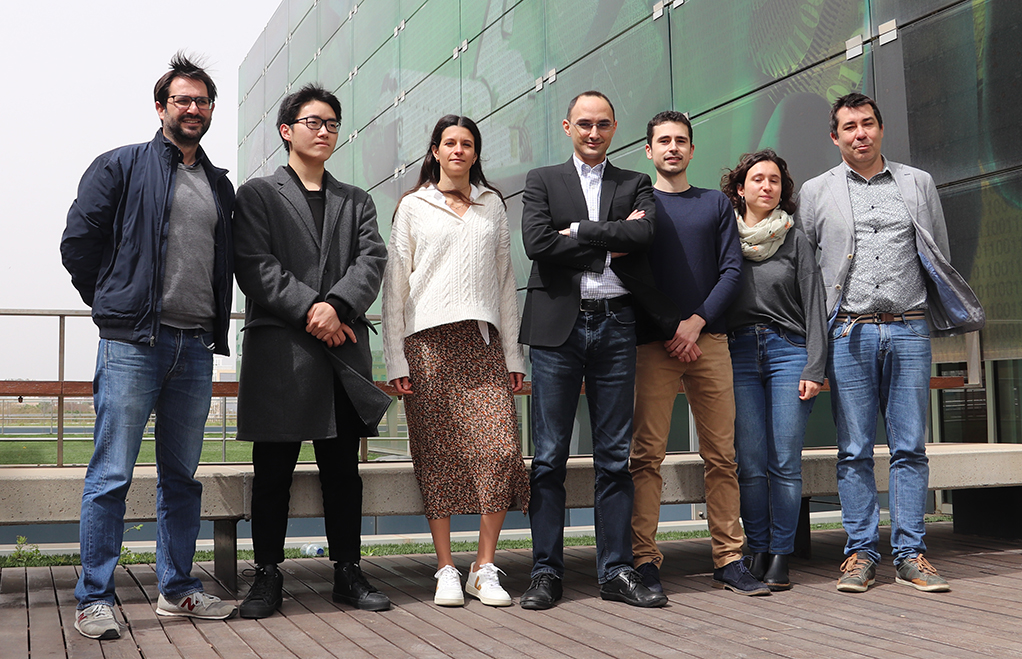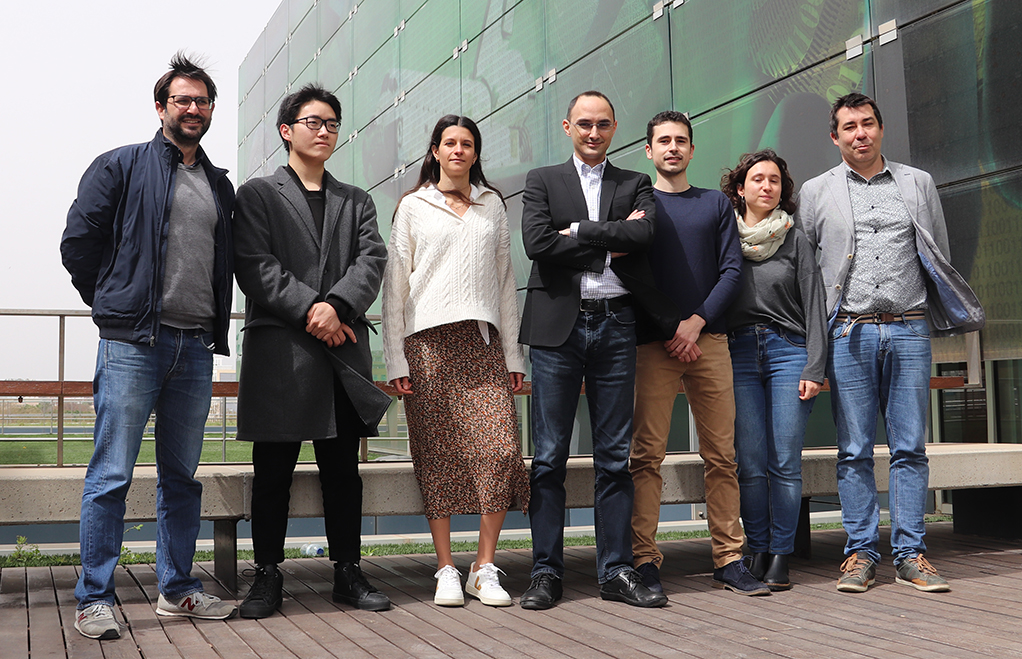
A study developed by researchers from the Universitat Politècnica de València (UPV), belonging to the BDSLab-ITACA group and the Institute of Pure and Applied Mathematics (IUMPA), has become one of the international works of reference for the reliable application of Artificial Intelligence to the monitoring and management of COVID19.
In the article published in the Journal of the American Medical Informatics Association, the UPV team demonstrates the limitations that the variability or heterogeneity of data, when they come from multiple sources such as several hospitals or countries, can have for the reliable application of Artificial Intelligence. The article presents the keys to potential solutions to these limitations. In addition, based on this study, the UPV team has developed new tools to help describe and classify patients with COVID-19.
«The results of our study and the application of these tools can potentially help in the patient’s clinical assessment and facilitate early automated classification – by risk level – before and after hospital admission. They can even help plan the allocation of resources, especially favouring those patients who will be admitted to the ICU,» points out Carlos Sáez, researcher of the BDSLab-ITACA group at the Universitat Politècnica de València and coordinator of the study.
New predictive models
Researchers at the BDSLab-ITACA of the UPV, in collaboration with the INCLIVA Institute of the Hospital Clínico Universitario de Valencia and the iMas12 Institute of the Hospital 12 de Octubre in Madrid, have also developed an Artificial Intelligence model for the early prediction of mortality, within the first 30 days of admission to the emergency department, focusing its application on the study of the adult population over 50 years of age. In addition, they have developed a Deep Learning application that helps predict severity in all age groups with the advantage of working even with incomplete patient information, thus offering a robust and reliable AI in the face of data quality problems./p>
«The predictive models developed can help in the selection of the most optimal treatment for each patient according to their mortality risk, as well as in the planning and management of resources in scenarios of low availability of resources, and all of this in a robust way to potential uncertainties in the available information,» says Carlos Sáez.
All this work is part of the SUBCOVERWD-19 project, funded by the SUPERA COVID-19 FUND, promoted by CRUE Spanish Universities, Banco Santander, through Santander Universities and the Spanish National Research Council (CSIC).
Study in Mexico
Finally, UPV researchers, based on a study with nearly 800,000 cases of COVID-19 provided by the Government of Mexico and in collaboration with the Centre for Scientific Research and Higher Education of Ensenada, Ensenada, Mexico, have developed a new technique for investigating subphenotypes – the division of patient populations into meaningful groups based on clinical characteristics.
This technique is based on an exploratory AI of «meta-clustering», which makes it possible to automatically obtain a large number of results at different socio-demographic levels – by age groups, by sex, and their combination – favouring non-discrimination and which would otherwise have to be carried out manually with greater effort, as well as presenting them to the user in an intuitive and detailed way for exploration.
Applying this technique in the Mexican cases, the UPV team concludes that chronological age alone cannot be used as a risk factor for severity but must always be accompanied by comorbidities and even habits (physiological age).
«We also found that, under identical clinical conditions, women have a higher recovery rate than men and, among the elderly population, those over 100 years of age who recover best. And we also found that there is significant variability in recovery rates between the different states of Mexico and depending on the clinical institution,» concludes Carlos Sáez.
All the models developed by UPV researchers and the results of their applications are available at http://covid19sdetool.upv.es and https://covidcalculator.upv.es.
References:
Carlos Sáez, Nekane Romero, J Alberto Conejero, Juan M García-Gómez. Potential limitations in COVID-19 machine learning due to data source variability: A case study in the nCov2019 dataset. Journal of the American Medical Informatics Association, Volume 28, Issue 2, February 2021, Pages 360–364, https://doi.org/10.1093/jamia/ocaa258
Lexin Zhou, Nekane Romero, Juan Martínez-Miranda, J Alberto Conejero, Juan M García-Gómez, Carlos Sáez. Subphenotyping of COVID-19 Patients at Preadmission To Anticipate Severity Stratification: Analysis of 778,692 Mexican Patients Using an Age-Sex Unbiased Meta-Clustering Technique. JMIR Public Health and Surveillance. 2022;8(3):e30032. https://doi.org/10.2196/30032
Source: UPV’s Communication Area



